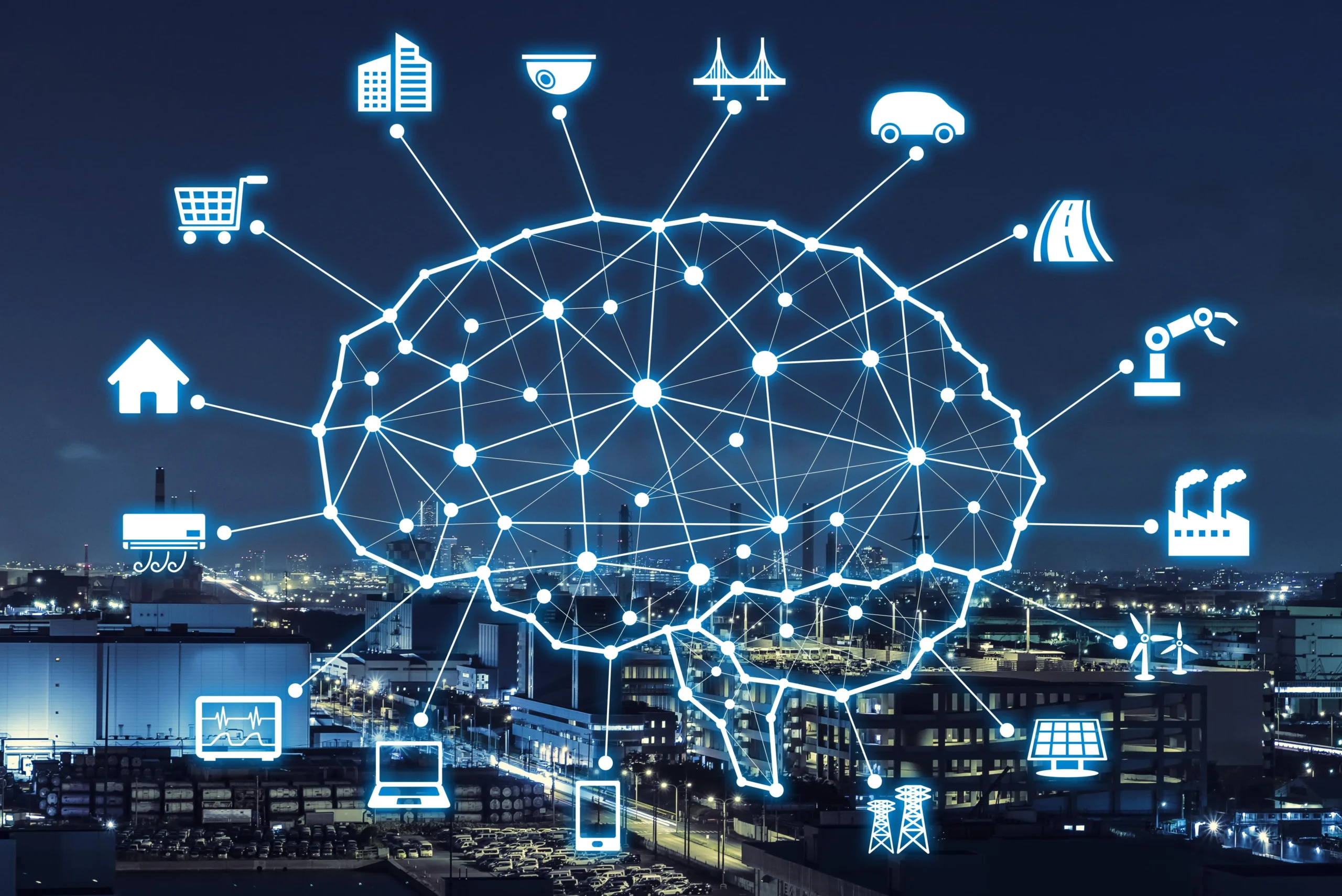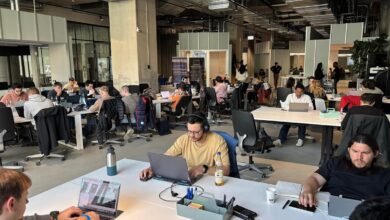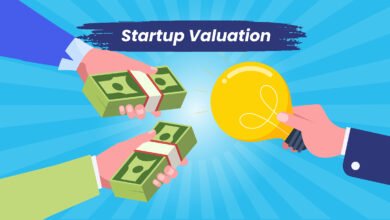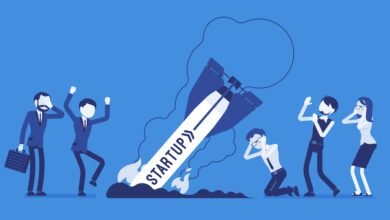AI Startup Acquisitions in 2025: Who Bought What
Discover the biggest AI startup acquisitions 2025. Explore M&A deals, OpenAI, Databricks, and major players reshaping the AI industry landscape.

The technology landscape in 2025 has witnessed an unprecedented wave of mergers and acquisitions, with AI startup acquisitions reaching record-breaking levels. The first half of 2025 has witnessed 427 AI acquisitions, representing an 18% increase from the 362 deals recorded in the same period of 2024, highlighting a robust rebound in startup consolidation. This surge reflects the intensifying competition among major tech players to dominate the rapidly evolving artificial intelligence sector. Companies are aggressively snapping up innovative startups to accelerate their AI capabilities and maintain competitive advantages in an industry where technological superiority determines market leadership. The driving forces behind this consolidation trend include talent acquisition, proprietary technology integration, and the pursuit of speed-to-market advantages. Many of the major acquirers raised large rounds before making their buys—with OpenAI in early April announcing a staggering $40 billion investment led by SoftBank, marking the biggest venture investment ever. This article explores the transformative AI M&A activity that has reshaped the technology sector, examining major acquisitions, key acquirers, and the strategic implications for enterprises and investors alike in the competitive landscape of 2025.
The 2025 AI Acquisition Boom: Understanding Market Dynamics
AI startup acquisitions have become the cornerstone of innovation strategy for established technology companies. The 427 acquisitions in H1 2025 represent a pivotal moment for the tech industry, driven primarily by advancements in artificial intelligence and fintech sectors, with disclosed deal values exceeding $100 billion. This consolidation trend underscores a fundamental shift in how companies approach growth and innovation. Rather than building proprietary technology from scratch, established players are increasingly purchasing smaller startups to rapidly integrate cutting-edge solutions into their platforms.
The AI M&A landscape in 2025 is characterized by several distinct patterns. First, acquisition volumes continue to rise as startups recognize that mergers offer viable alternatives to traditional funding rounds. Second, deal valuations remain robust despite broader economic uncertainties, signaling investor confidence in AI-driven technologies. Third, consolidation efforts are increasingly concentrated in artificial intelligence and fintech sectors, which account for the majority of startup M&A activity globally. AI and fintech are the leading drivers, accounting for a significant portion of these AI acquisitions in 2025, with AI-related funding hitting $118 billion by mid-August 2025, more than double the 2024 total.
Major Acquirers Leading the AI Consolidation Wave

OpenAI’s Aggressive Acquisition Strategy
OpenAI acquisitions have dominated headlines throughout 2025, positioning the company as one of the most active consolidators in the AI M&A space. OpenAI has acquired Software Applications Inc., a startup building an AI-powered user interface for Mac desktops, as part of a push by the ChatGPT maker to improve how artificial intelligence tools field tasks on a computer. This strategic acquisition demonstrates OpenAI’s commitment to integrating AI across diverse operating systems and user interfaces.
Beyond this move, OpenAI’s acquisition strategy extends to several significant deals. OpenAI completed a nearly $6.5 billion purchase of an AI device startup co-founded by former Apple design chief Jony Ive and agreed to buy product testing company Statsig for $1.1 billion. These acquisitions reflect OpenAI’s broader vision of embedding AI capabilities into consumer-facing products and enterprise infrastructure, ensuring its technology reaches diverse market segments.
Databricks: The Data and AI Consolidation Leader
Databricks’ acquisitions represent one of the most aggressive consolidation strategies in the industry. Data management heavyweights like Databricks and Snowflake have each been active, with Databricks acquiring five AI startups since 2023—more than any other acquirers globally. This relentless pursuit of AI startups reflects Databricks’ commitment to building a comprehensive data and artificial intelligence platform.
Databricks, valued at $62 billion in a $10 billion financing announced in December, said it is buying Neon, a cloud-based database software vendor, for about $1 billion. This acquisition represents a critical move in Databricks’ strategy to support agentic AI development and next-generation application architectures. Databricks’ most recent acquisition is Tecton, a provider of a platform for building machine learning models, acquired in August 2025, further demonstrating the company’s focus on infrastructure and tooling for AI applications.
MongoDB’s Strategic Technology Acquisitions
MongoDB acquisitions in the AI sector highlight the importance of specialized AI components. Voyage AI was acquired by MongoDB for a staggering $220 million—double its valuation from a funding round last September, breaking down to an impressive $11.6 million per employee. This acquisition underscores MongoDB’s recognition that specialized AI models and retrieval technologies are critical for enterprise AI adoption.
Notable AI Startup Acquisitions in 2025
High-Value Deals Reshaping the Industry
The AI acquisition landscape in 2025 includes several transformative deals that have captured significant investor attention. Beyond the major players, numerous acquisitions highlight the sector’s complexity and strategic importance. Cybersecurity unicorn Axonious announced it was purchasing Cynerio, a medical device security startup in a deal valued at just over $100 million, and Canada-based legal software company Clio said it plans to acquire Spain’s vLex from Oakley Capital for $1 billion. These deals demonstrate how AI M&A activity extends beyond traditional software companies to include vertical-specific applications.
Consolidation in Data Infrastructure
Data management acquisitions have become essential for companies building AI infrastructure. The focus on database and data management technologies reflects the critical importance of reliable data pipelines for training and deploying AI models. Databricks acquired machine learning startup Tecton to perform tasks for AI agents, needing context—something that has been lacking in many systems to date, hoping to fill that gap with Tecton’s technology in its Agent Bricks offering.
Strategic Motivations Behind 2025 Acquisitions
Talent Acquisition and Acquihires
One significant trend in 2025 is the rise of “acquihires,” where companies acquire startups primarily for their talented teams. A key trend observed is more asset acquisitions plus acquihires, where larger technology companies are buying the assets (think IP portfolio) of an early-stage company and taking one to three people from the founding team to integrate the technology. This approach reflects the intense competition for AI talent and the recognition that human expertise often matters more than existing products.
Speed-to-Market Competitive Advantage
The competitive pressure in the AI space creates urgency for companies to acquire rather than build. The buyer’s motivation to buy is economic—it’s typically cheaper to buy the technology than build it, and cheaper to buy the team with a six-month golden handcuff earnout than recruiting, but it’s also based on a rush to market, most particularly in the extremely competitive AI field. This economic calculus drives the continued acceleration of acquisition volumes in 2025.
Technology Gap Filling
Established companies use acquisitions to rapidly acquire capabilities they lack internally. Rather than investing years in internal development, these organizations recognize that purchasing proven technologies accelerates their AI roadmap and reduces risk. MongoDB’s decision to acquire Voyage AI was about strengthening its AI development process and addressing a key challenge: ensuring output reliability, a crucial factor for broader AI adoption.
Impact on the Startup Ecosystem
Consolidation Creating Market Concentration
While acquisitions drive innovation, they also create concerns about market concentration. Fewer independent players in niche markets could lead to reduced competition and higher costs for enterprise customers. The consolidation trend reflects broader venture capital dynamics, where funding increasingly flows to later-stage companies with proven business models rather than early-stage innovators.
Alternative Growth Paths for Startups
The abundance of acquisition opportunities offers founders alternative exit strategies beyond traditional initial public offerings. The dominant exit trend right now is frequent but lower-value acquisitions and fewer IPOs with significantly higher value, with 281 VC-backed exits recorded during the first half of the year, including the $700 million acquisition of EvolutionIQ by CCC Intelligent Solutions. This shift creates new pathways for founders seeking liquidity events while building sustainable AI businesses.
Regional and Sectoral Distribution of AI Acquisitions

Geographic Concentration in the United States
The United States dominated with over 70% of the activity, fueled by major players in Silicon Valley and beyond, while Europe saw notable growth, especially in countries like Spain and the UK, and Asia’s involvement was evident in cross-border deals, though less dominant due to regulatory variations. This geographic concentration reflects the concentration of venture capital funding and established technology company headquarters in North America.
Sector-Specific Trends
Breaking it down by sectors, AI led with massive investments, followed closely by fintech and enterprise SaaS, with AI-related funding hitting $118 billion by mid-August 2025, more than double the 2024 total, with acquisitions focusing on proprietary tech. Enterprise SaaS deals, particularly in database and legal software categories, emphasize integration capabilities and represent a significant portion of overall activity.
Challenges and Future Outlook for AI Acquisitions
Regulatory and Antitrust Considerations
As AI acquisitions accelerate, regulatory scrutiny intensifies. Geopolitical and regulatory oversight, such as the EU AI Act’s phased enforcement starting August 2025, adds complexity, with increased scrutiny on AI deals, and in the US, antitrust concerns have led to alternative structures like licensing deals to evade full acquisitions. Companies must navigate increasingly complex regulatory landscapes when pursuing high-value acquisitions, particularly those involving critical infrastructure or international operations.
Risk of Innovation Slowdown
While acquisitions accelerate technology integration, they present risks for long-term innovation. Innovation may slow as acquired startups integrate into larger bureaucracies, potentially stifling creativity, and fewer independent players could erode competition in niche markets, leading to higher costs or limited choices. Larger organizations must carefully manage acquired teams to preserve their entrepreneurial culture and innovative capacity.
More Read: Academic AI Conferences vs Industry Events: Which to Choose
Conclusion
The AI startup acquisitions landscape in 2025 represents a transformative period for the technology industry, with companies aggressively consolidating specialized capabilities and talent to maintain competitive advantages in the rapidly evolving artificial intelligence sector. From OpenAI’s acquisition strategy focusing on user interface and hardware integration to Databricks’ aggressive consolidation of data infrastructure companies, major technology players have fundamentally reshaped the startup ecosystem.
The 427 deals recorded in the first half of 2025, representing an 18% increase from 2024, demonstrate sustained momentum in AI M&A activity despite macroeconomic uncertainties and increasing regulatory scrutiny. While these acquisitions accelerate innovation cycles and provide founders with alternative exit strategies, they also raise important considerations regarding market concentration, regulatory compliance, and the potential slowdown of independent startup innovation. Moving forward, the AI acquisition landscape will likely continue evolving as companies balance rapid capability acquisition with regulatory compliance and the need to preserve innovation culture within rapidly consolidating organizations.











